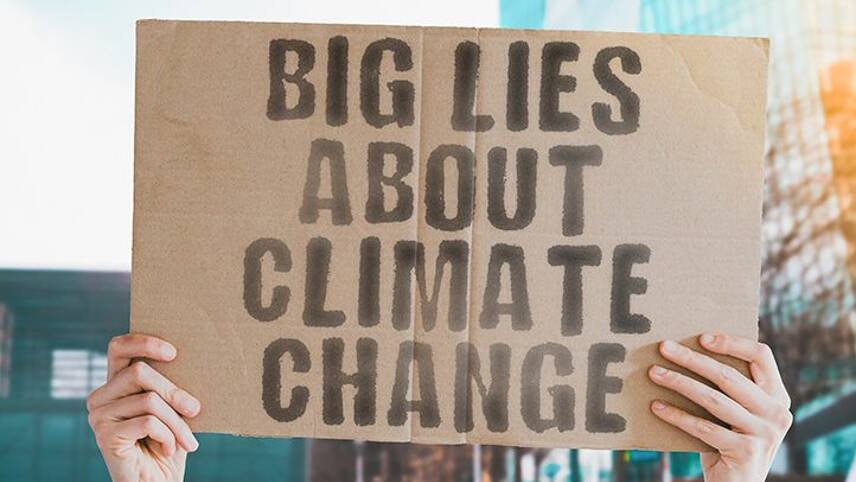Register for free and continue reading
Join our growing army of changemakers and get unlimited access to our premium content

It is going to cost a lot to get to net-zero
This is a very common myth but, in the words of Mark Carney, former governor of the Bank of England, “Companies that don’t adapt will go bankrupt without question.”
Without even considering the environmental impacts of continuing dependence on fossil fuels, recent energy price rises demonstrate substantive financial and political implications for organisations, underlining the urgency of reducing reliance on fossil fuels for business sustainability.
Any efficiencies in energy use will reduce emissions AND costs resulting in financial net gain, i.e. the best way of reducing emissions is not to generate them in the first place.
Going to Net-Zero can be done in a smart way to be more resilient in the long-term, more cost-effective and more resource efficient. That means being more sustainable and resilient.
Why reduce emissions when they can be offset?
Offsetting is not a ‘cure-all’ for emissions reductions and should only be used as a last resort when all possible emissions have been eliminated. Some businesses are offsetting their entire footprint to badge themselves as net-zero. This is not only misleading but is greenwashing of the worse kind.
Absolute zero means getting back into balance with natural systems so that what is being created is always being balanced by what’s being absorbed by natural systems. Humankind is currently creating far more emissions than natural systems can cope with. To be serious about going to net zero, you have to think first and foremost, how will we use less and do things better? It’s about getting that trajectory sorted and knowing how far you can go, how fast and at what point you have to do things around offsetting or investing in renewable energy in a way that’s really going to make a difference. It’s about being mean – using less, being lean – using it more effectively and then when you’ve done all of that, you can start investing in renewable energy and offsetting any residual emissions.
We have until 2050 to achieve Net Zero so there is plenty of time
This is an urgent problem and one that needs to be addressed now – there is no time to lose.
Climate change lag means that there is a significant time lag between action and effect. Studies have shown that the time between a pulse of greenhouse gases (GHGs) and most of its warming is around a decade. Thus, we will experience the full effect of today’s emissions in 10 to 20 years’ time. To achieve net-zero we can’t push a button at the start of 2050 to create a net-zero world. We must act now to stand a chance of meeting the 1.5-degree warming threshold. Everyone needs to understand what ‘Global Warming Potential’ of greenhouses gases means and that we need to urgently to grasp the small window of opportunity between now and 2030.



Please login or Register to leave a comment.